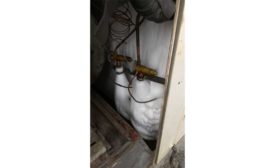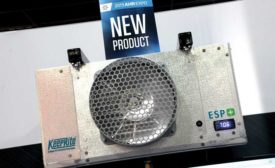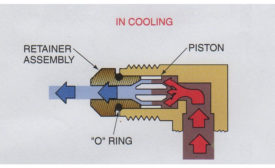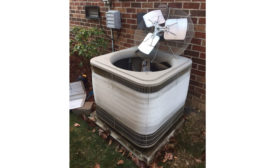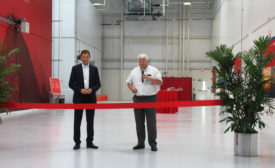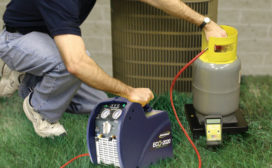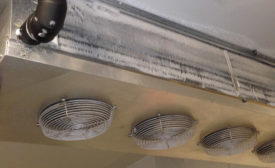Home » Keywords: » evaporator freezing
Items Tagged with 'evaporator freezing'
ARTICLES
Compressor may also become damaged from flooding or slugging
Read More
Don’t Forget to Inspect and Clean the Evaporator Coil
Make sure all air conditioning components are operating properly before summer
Read More
KeepRite Debuts Adaptive Defrost System to AHR Expo Attendees
ESP+ electronic package only defrosts when required
Read More
Danfoss Opens Application Development Center in Florida
The Tallahassee center features three fully automated test facilities
Read More
Causes of and Cures for an Iced Evaporator
Practice patience and examine the pattern of the icing before acting
Read More
Troubleshooting Overcharged Refrigerant Issues
Members of The NEWS’ Trainer Panel provide methods and advice for an overcharged system
Read More
Ice Breaker: Troubleshooting an Iced Evaporator
Spotting an iced-up evaporator is easy, though determining how it got that way is tougher
Read More
The Professor: Foiling Frosted Evaporator Coils
Reduced airflow over the coil can cause a multitude of woes
Read More
Copyright ©2024. All Rights Reserved BNP Media.
Design, CMS, Hosting & Web Development :: ePublishing


